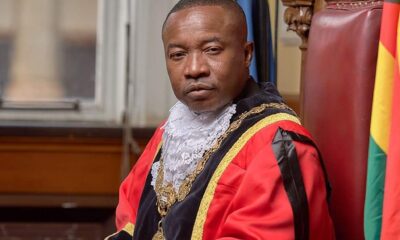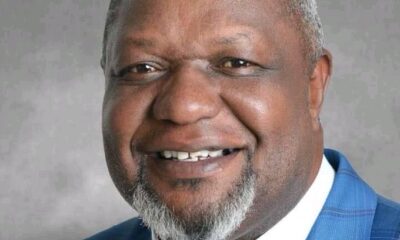Harare Mayor Editors Engagement Meeting
Zinara using 2014 vehicle statistics: Harare mayor
Zinara says they are 250 000, I am arguing that they are 800 000 cars in Harare, certainly that was the figure they gave in 2014 when they last did a vehicle count, and they are keeping that figure faithfully but the traffic jam is unbelievable.
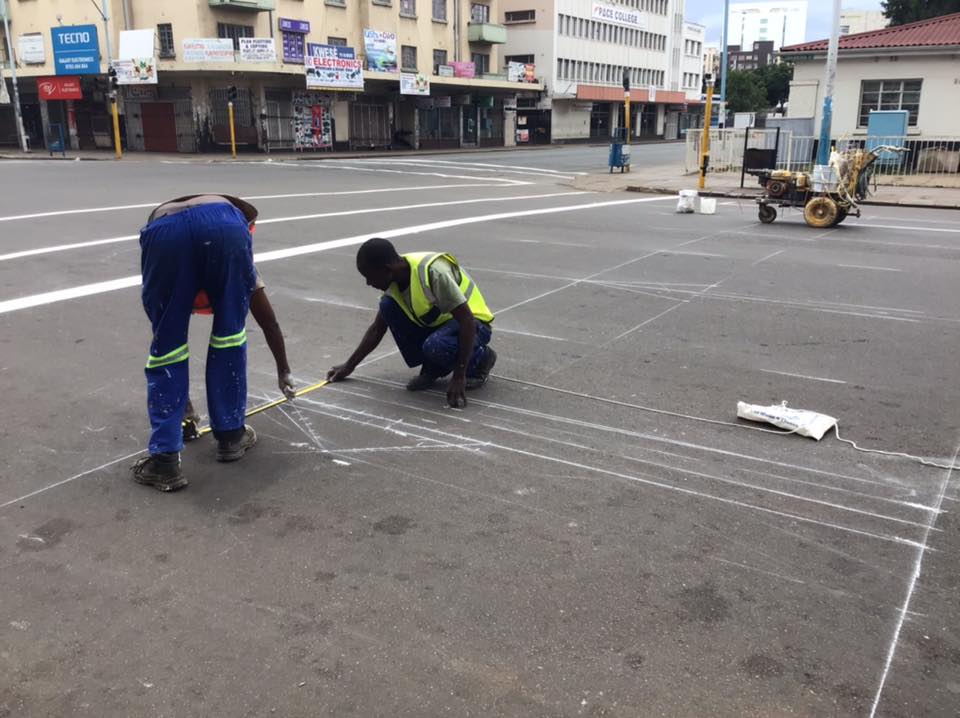
By ALBERT MASAKA
THE City of Harare is skeptical of the accuracy of revenue figures provided by the Zimbabwe National Road Administration (Zinara) saying this has also resulted in council receiving paltry sums that are financially crippling road rehabilitation and maintenance progrrammes.
Harare mayor Jacob Mafume said this during a meet-and greet meeting for editors that he hosted in the capital on Friday.
The meeting by Mafume was in line with the City of Harare’s recent decision to put residents and other stakeholders at the centre of its agenda by communicating council’s challenges, good developments, plans and achievements.
Mafume revealed that Zinara was still using 2014 vehicle count statistics that are not a true reflection of the current population of vehicles subjected to licensing by the road authority in the capital city.
He gave context of some of the challenges facing the city in a light-hearted address to members of the Zimbabwe National Editors Forum.
“The other major challenge after waste management is the roads that are now Zinara’s baby. My example was that you cannot take a muroora momuisa uku, then you build the bedroom somewhere and expect babies. It’s not going to happen, you need to get them a bedroom.
HARARE MAYOR JACOB MAFUME
He lamented the fact that Zinara was getting the money yet the City of Harare is expected to build the roads.
To put it into perspective every year Zinara has given us US$2 million per month. The money goes to Zinara, and we are having a dispute on the number of cars that are in Harare.
“Zinara says they are 250 000, I am arguing that they are 800 000 cars in Harare, certainly that was the figure they gave in 2014 when they last did a vehicle count, and they are keeping that figure faithfully but the traffic jam is unbelievable.”
Mafume insisted that if Zinara was to disburse to his council just half of what it collects the capital city’s road challenges would be over.
“Because at US$40 per car, and even if I take their argument that there are 250 000 cars that will come to about US$40 million per quarter, with US$20 million per quarter I will do the roads because I will use our quarry and we will buy an asphalt plant and we will continuously make the roads.
He reiterated that the only way forward was for Harare to do the work.
According to the 2015 audit report Mafume said Zinara received US$64 million from road user fees, and allocated the City of Harare a paltry US$2 million.
He added that in the same report Zinara got US$64 million from fuel levy and did not give council a single cent yet the most fuel is used in Harare.
“ Carbon tax they got about US$7 million in 2015 and we never got a cent, that’s why we don’t have machines in Harare a to measure pollution and policing and so forth that is what the carbon tax is supposed to do.”
On the issue of toll gates Mafume said it defied logic that motorists pay to get out of Harare and pay to get into Harare but Zinara takes all the money.
“So if the context is that you are paying to get into the highway then consequently you are paying to get into the Harare roads so why does Zinara take all the money? It a challenge
He also took a swipe at the model Zinara was using in the city that was focused on engaging big road contractors.
“You cannot make the roads of a city using the model that they are using of working with big contractors because sometimes in a city you have to do three kilometres you have to do 10 km, you have to do a crescent, now a big company cannot set up a plant.
“For example they once made the mistake of contracting the 1km stretch near Southerton Police Station, now expecting a big company to put up its plant, but it doesn’t work.
Harare Mayor Editors Engagement Meeting
Let’s resolve Harare legacy challenges: Mafume
To put it into perspective Chiredzi uses water from Masvingo 500km away to run the sugar industry and we can seem to muster the political will to get water from Muchekeranwa 80 km away to give to 3 million people.
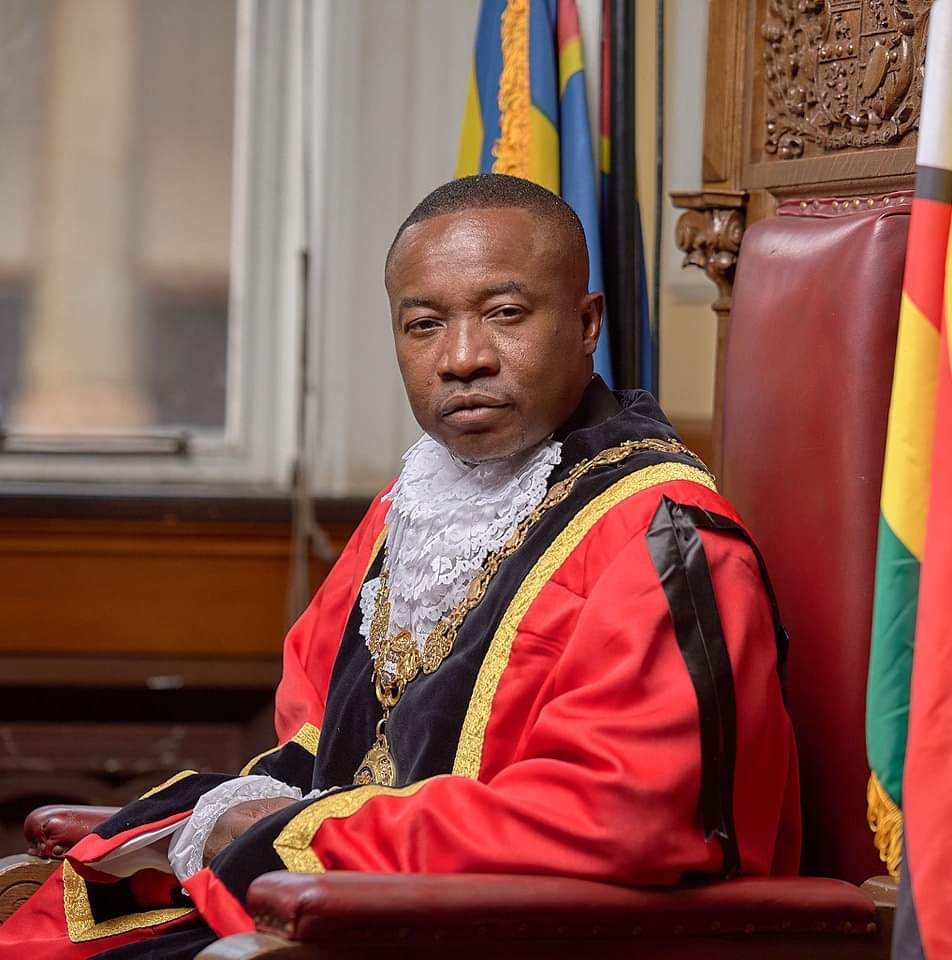
By TARIRO MASUNDA
HARARE mayor Jacob Mafume has called on the central and local governments to urgently resolve legacy issues that continue to hound water supply and waste management services in the capital city.
Mafume said this last Friday while addressing editors during the Harare mayor meet-and-greet stakeholders’ programme that was convened in partnership with the Zimbabwe National Editors Forum.
The two service delivery crises have affected citizen’s rights to water, sanitation and other related rights, with desperate residents resorting to shallow wells and boreholes as water sources
Many of these water sources are contaminated.
According to section 77 of Zimbabwe’s constitution every person has the right to safe, clean, and potable water.
Mafume cited chemical shortages, mismanagement and obsolete machinery as the causes of perennial service delivery challenges facing the city.
“Water is a big problem, we have solutions that we have applied, the biggest, biggest problem is the chemicals, we have shortages of chemicals from manufacturers we get them from very far and we have to clean water from Lake Chivero because that’s where our sewage goes”
He said the other challenge was that Chemplex, the local assembler of the chemicals imports critical raw materials that included sulphuric acid from South Africa, bauxite from Mozambique and liquefied lime from Zambia.
“They have to use foreign currency, so it’s difficult if we pay them with local currency, they have to queue at the Reserve Bank to get their money.”
However, he was confident that his council can provide enough water supply with adequate chemicals supplies, and the sourcing of water from lakes Chivero and Manyame.
“Because we have got Lake Chivero and Lake Manyame … Lake Manyame never goes below 70% every year. I have looked at the statistics from Zinwa, so it means water we are not utilizing.
He said the other long term solution is to expand the aquifer in Chitungwiza, the Muchekeranwa canal which is about 80km away from Harare.
“To put it into perspective Chiredzi uses water from Masvingo 500km away to run the sugar industry and we can seem to muster the political will to get water from Muchekeranwa 80 km away to give to 3 million people.
“We also need Kunzwi dam to be finished and Musani dam to be finished. Once they are finished then we will be able to provide adequate water to everyone.”
He decried the financial setbacks arising from issues of non-revenue water usage, where about 30% of the city’ s water that is used is not paid for.
“That is the big challenge we need to introduce smart meters and so forth.”
He also cited absolute equipment and inadequate fuel supplies as the major challenges contributing to poor waste management.
“The problem is that we have to run a fleet of over 25 to 30 compactors 20 tipper trucks about 5 front-end loaders then we have 52 tractors that we got from government, we use about 50 000 litres per month as a city and we are buying it in cash in $Us and in zig when we can get it.
“And then of course the spares are a problem, so it’s a mammoth task on waste management for a city like Harare, so we launched five compactors.”
In line with its efforts to decentralise service delivery, Mafume said council has plans to implement community waste management programmes for compactors comparable to community health committees for health clinics which liaise with the workers about their welfare
“So what we toying with is to have agreements with wards and districts, so we take our compactor there and we agree with ward 19 that this is your truck let’s maintain it, let’s keep it, let’s circulate it, sometimes it has no fuel or the drivers are hungry let’s take care of that.
“We also want to do community waste management and encourage residents to pay, we ring-fence the money from the households to pay and so forth and then we introduce sorting at various levels so that they are recyclable.
-

 Tourism1 year ago
Tourism1 year agoAntelope Park joins White Rhino fight
-
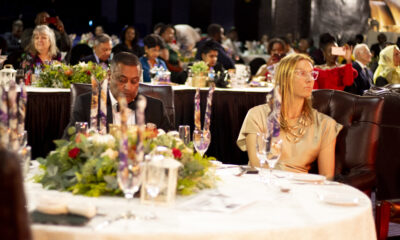
 Breaking News9 months ago
Breaking News9 months agoZim Community Trailblazers Awards (ZCTA) Call for Entries (5th Edition)
-

 Health and Wellness12 months ago
Health and Wellness12 months agoLeaked nudes: Traumatic impact, healing pathways
-
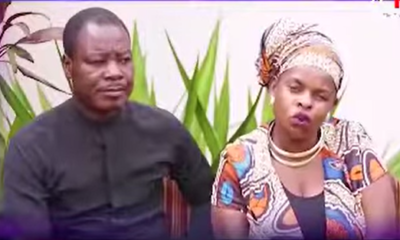
 Entertainment4 years ago
Entertainment4 years agoCharambas ZCTA maiden winners
-
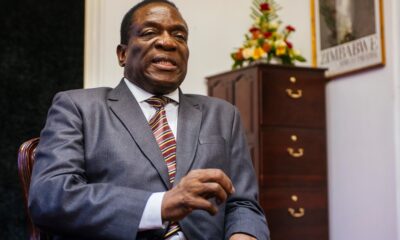
 Breaking News10 months ago
Breaking News10 months agoMnangagwa approves Starlink Zim operations
-

 Tourism1 year ago
Tourism1 year agoWhite Rhino grazing at Zim’s biggest private game reserve
-

 Entertainment1 year ago
Entertainment1 year agoSetina Mandiveyi plots to shine
-
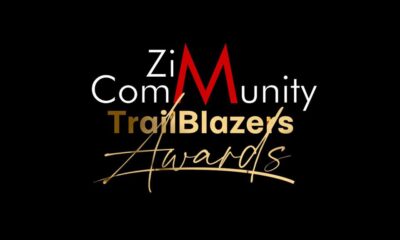
 Zim Community Trailblazers Awards1 year ago
Zim Community Trailblazers Awards1 year agoDr Peta: First Zim to obtain Disability Studies PhD

